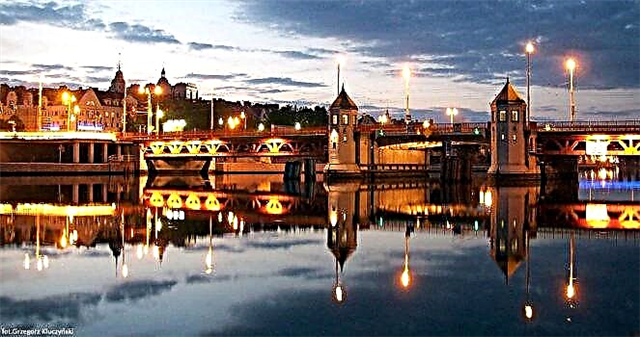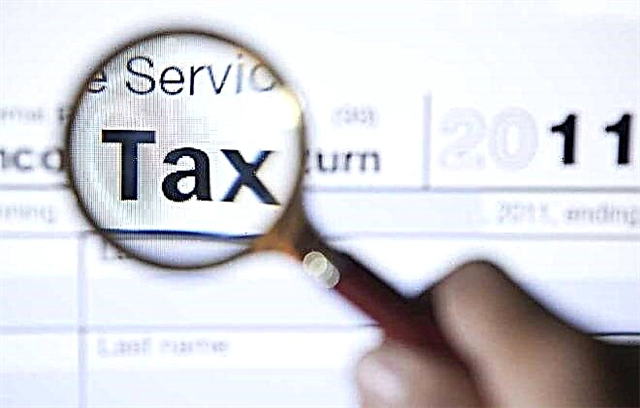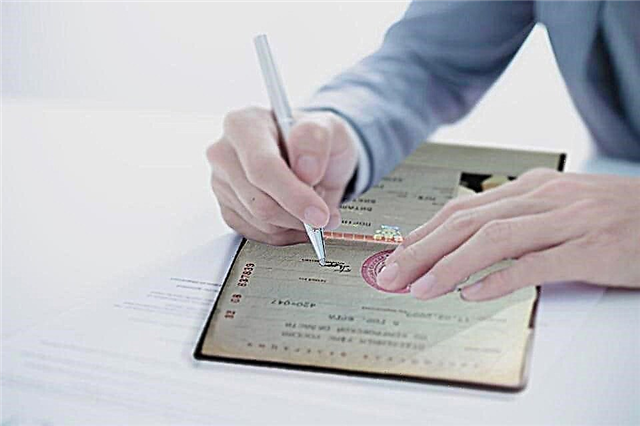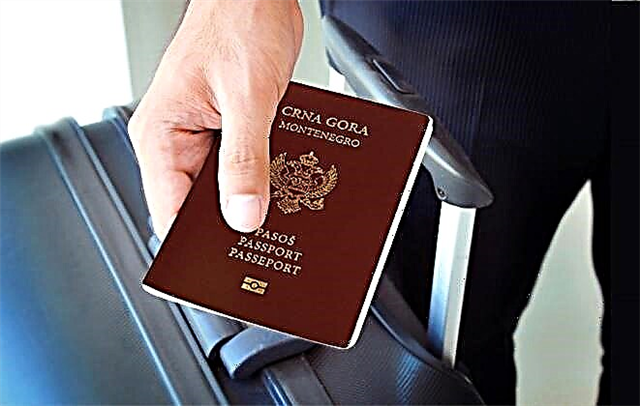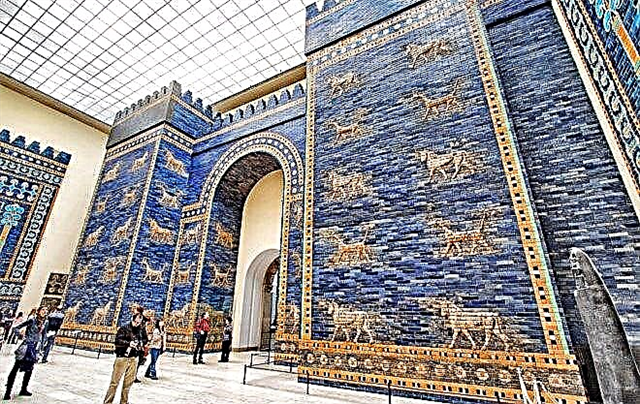The Pergamon Museum in Berlin is a UNESCO World Heritage Site and is considered one of the finest in the world. There are significant cultural monuments dating back thousands of years. The special collections attract tens of thousands of visitors from all over the world every year. Its building is located on the Museum Island, located in the center of Berlin on the Spree. In 2021, it was officially registered that 1 million 260 thousand people visited the sights, which brought him the fame of the most visited museum in Germany.

History of the construction of the Pergamon Museum
The first building was built and opened to the public in 1901, and the collections contained only a few works of antique art. Several years later, during excavations, monumental artifacts of Babylon, Uruk, Egypt and Ashur were discovered. Due to their impressive size, they did not fit into the museum.
In 1908, the old building was demolished and a new neoclassical style was built up. Alfred Messel became the architect, after whose death Ludwig Hoffmann took up the project. The work was interrupted several times due to the war, revolution and financial problems, therefore the construction of the building and the completion of construction took place in 1930.
During the Second World War, like many other buildings, the building of the Pergamon Museum was badly damaged. Some of the exhibits were transported and hidden in a safe place, while large architectural ensembles were strengthened as much as possible.
At the end of the war, in 1945, some of the art treasures were exported to the USSR as trophies. After 13 years, the museum funds were returned to the territory of the German Democratic Republic.
Valuable exhibitions of Pergamon
The Pergamon Museum houses three main exhibitions that showcase Greek and Roman antique art, a collection of art objects from Western Asia and exhibits representing Islamic art. This is the most complete collection of artifacts from ancient civilizations in Europe, visiting which is akin to traveling in time.
A collection of finds and architecture from antiquity
The main exhibit of the museum is the Pergamon Altar; it was for this purpose that a new building was built. The altar was found on the territory of the pre-existing Pergamon kingdom, now the seat of Turkey.
The monumental structure dates back to 180-160 BC. The dimensions of the altar are impressive: on a frieze 120 meters long, which serves as a foundation, and a marble staircase, there is the upper platform of the altar, supported by columns. The frieze is a unique artistic object, as it is decorated with multiple high-reliefs. They depict a full-scale war between gods and giants.
Thanks to a careful analysis of the fragments of the battle, scientists have established that the altar is dedicated to the main god of the pantheon - Zeus. This fact significantly increases the value of an already unique structure. Currently, restoration work is underway, therefore, a visit to the Pergamon Altar is not possible until 2021.
Another monumental exhibit is the gate of the Miletus market, an excellent example of antique Roman architecture from the 1st century AD. NS. The treasure of the legendary city of Troy is also on display here.
Exposition of the Near East Art Objects
This department stores and displays more than two hundred objects and monuments from Syria, Anatolia and Mesopotamia. The collection of the art of Western Asia is famous for the Ishtar gate. They look like a semicircular arch of enormous size, which is bounded by walls on the sides and previously led to the Processional Road.
This gate was the eighth in the inner city of northern Babylon. Much to the surprise of historians, the gate is perfectly preserved for its age. They were built of bricks covered with glaze in several colors: blue, white, black and yellow.
Part of the aforementioned Processional Route is also on display at the Pergamon Museum. Here you can also see the remains of the famous Tower of Babel and fragments of the throne room of Nebuchadnezzar II.
Islamic art collection
Artifacts belonging to the 7th-19th centuries represent the features of Islamic art in full glory. This exposition demonstrates another famous monumental structure - a stone relief frieze that adorned Mshatta's palace in the 7th century. An ornamental frieze 33 meters long and 5 meters high is decorated with the remains of the former gate towers.
In this section, visitors will also see the Syrian Aleppo room, the Mihrab (a niche placed in the wall of the mosque) and handmade carpets of incredible beauty.
Opening hours of the Pergamon Museum and ticket prices
The Pergamon Museum is open daily from 10.00 to 18.00, except Thursday. On this day, the opening hours are longer - until 20.00. On holidays, the work schedule may change.
Since the territory is quite large, and besides, Pergamon is located on the Museum Island, a separate day should be set aside to visit all the sights and properly enjoy the amazing exhibitions.
Ticket price - 12 EUR, discount - 6 EUR. Tourists have the opportunity to purchase the Museumsinsel card for 18 EUR (and half as much for 9 EUR - a discounted ticket), which allows you to visit, in addition to Pergamon, the Old National Gallery, the Old and New Museums, the Bode Museum.
The official website of Berlin museums informs in detail about the opening hours, ticket prices and expositions that can be visited at the sights. Here you can also book a ticket to the Pergamon Museum.
How and how to get to the Pergamon Museum
The exact address of the attraction is Berlin, Bodestraße 1-3. You can get there by metro on the U6 line to the Friedrichstraße stop.
You can also get there by S-Bahn. Taking the S1, S2 or S25, get off at the Friedrichstraße stop. You can take S5, S7 or S75, then you need to get off at Hackescher Markt.
You will be taken to the Pergamon Museum by buses numbered 100, 200 to the Lustgarten stop, 147 to the already familiar Friedrichstraße.
By trams M1, M12, you can get to the Am Kupfergraben stop, and by trams numbered M4, M5, M6 to Hackescher Markt.
Tourist notes: the main attractions of the capital of Germany
Germany is rich in museums, ancient monumental structures and modern delights of architectural and artistic thought. It is distinguished by its special atmosphere and the unification of the features of the past and the present in a unique tandem.
Berlin, as the country's main land, is constantly in the spotlight. Every year millions of tourists come here to get acquainted with German culture, traditions, sights and national cuisine.
When planning a trip to Berlin, you should carefully plan your visits to the most popular places. The list of must see must include: Berlin Cathedral, Brandenburg Gate, Berlin Wall, Charlottenburg. It is worth taking a walk along the former market square of Alexanderplatz, admiring the architectural ensembles, and in the evening enjoy a performance at the Berlin Opera.
It is convenient to plan routes around Berlin, as the comfortable public transport system allows you to quickly and easily get from one end of the city to the other.
Conclusion
The Pergamon Museum is definitely one of the best attractions in the world. It houses a thousand-year-old grandiose heritage of mankind, which is worth seeing live to be convinced of the skill and exceptional skill of ancient architects, painters and sculptors.
The possibilities of human imagination and abilities are truly endless, and the Pergamon Museum is an excellent example of this.

